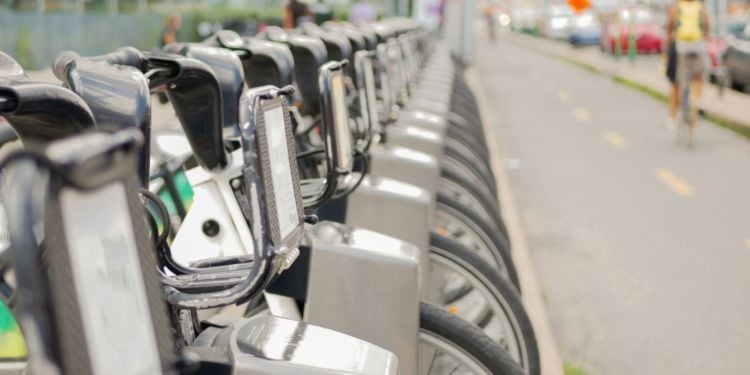
Explore the various transportation options in Quebec in this article.
Taking the train in Quebec
Quebec boasts a vast network of rail lines stretching over 6,278 km, serving not just for freight transport but also for passenger travel. VIA Rail Canada, a federal company, manages interregional transportation. Starting from Montreal, one can reach destinations such as Nova Scotia through Quebec City, the Lower St. Lawrence, the Lower Gaspé, and New Brunswick. Additionally, there are two connections leading to the towns of Jonquière, near Lac-Saint-Jean, and Senneterre, in Abitibi-Témiscamingue. Lastly, there's a rail link to Ontario, connecting to cities like Ottawa and Toronto.
Canada stands out as the sole Group of Seven (G7) nation lacking a high-speed rail line. A journey from Montreal to Matapédia in the Gaspé region clocks in at approximately 11 hours by train, in contrast to an eight-hour drive. Certain routes offer Wi-Fi and online entertainment services.
The Montreal area benefits from a commuter train network overseen by Exo, an amalgamation of train, bus, and paratransit services within the metropolitan region. This network includes five train lines connecting 52 stations.
Flying in Quebec
Given the extensive size of Quebec, opting to travel by plane might be your preference. It's essential to note, though, that fares for flights between Quebec cities can be remarkably high, on par with some international and domestic routes. In 2022, the provincial government launched the Programme d'accès aérien aux régions (PAAR), providing residents in specific remote areas of Quebec with partial reimbursement for their flight expenses to a Quebec city. For additional information, you can visit the Ministère des Transports website.
Quebec boasts over 135 aerodromes, with around 40 airports providing daily scheduled services. Regardless of the departure city, most flights are directed to Montreal and Quebec City. Among these airports, three are situated in major urban centers, seven serve remote regional hubs, and thirty-three cater to landlocked or isolated communities. Additionally, Quebec hosts three international airports that routinely handle both passengers and freight.
Subways and buses in Quebec
The island of Montreal benefits from a four-line metro network overseen by the Société de transports de Montréal (STM). Additionally, STM manages 221 bus lines that reach into the metropolitan area, with only about twenty of them operating overnight.
In other major cities across the province, public transportation primarily relies on buses. Many of these cities offer websites where you can access timetables and route recommendations. Typically, you can purchase a monthly pass for just under a hundred dollars.
Apart from STM, transportation between various Quebec municipalities is also facilitated by other companies such as Orléans Express and Limocar. Ticket prices vary between CA$40 and CA$100, depending on your destination and the time of your travel.
Good to know:
Montreal offers a bike-sharing service called BIXI, operating from April 15 to November 15. You can either subscribe for regular use or opt for occasional access. With 865 BIXI stations spread across the city, it provides convenient mobility. For students, some universities offer free bike rentals. If you find yourself in need of a car, consider the car-sharing service called Communauto, available in Montreal, Sherbrooke, Quebec City, and Gatineau.
Carpooling in Quebec
Carpooling stands out as the most cost-effective way to travel around the province, widely embraced by Quebecers. In this system, an individual seeking to journey by car to another city in Quebec shares their trip through a carpooling group or on a dedicated website. Passengers contribute to the predetermined fuel costs established by the driver.
The Amigo Express website is the most popular carpooling platform in Quebec. Alternatively, you can explore Facebook to check if there's a carpooling group for your intended destination.
Useful links:
We do our best to provide accurate and up to date information. However, if you have noticed any inaccuracies in this article, please let us know in the comments section below.












Comments